Description
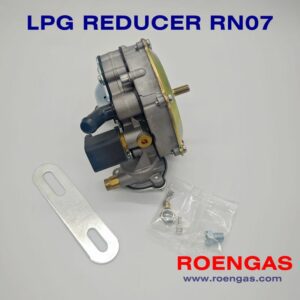
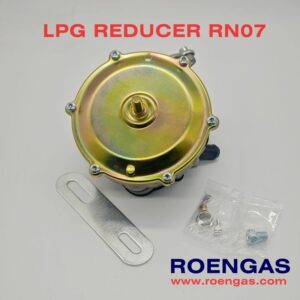
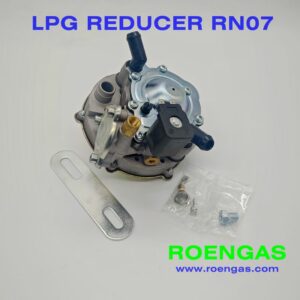
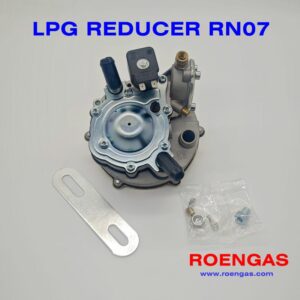
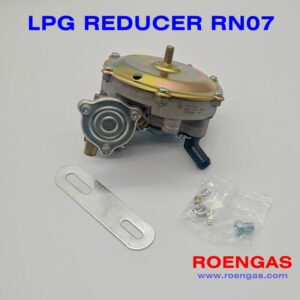
Instruction manual for LPG reducer(evaporator)
1、 Product Overview
The LPG reducer (evaporator)is the core equipment that ensures the stable operation of the LPG supply system. Through precise design and manufacturing, it achieves efficient atomization of liquid petroleum gas and precise pressure control, providing reliable fuel for the engine.
2、 Product Structure and Characteristics
(1) Aluminum die-casting body
The main body of the reducer is formed by aluminum die-casting technology and precision machined by CNC. Aluminum material has excellent thermal conductivity, which can quickly transfer heat and accelerate the evaporation and atomization of LPG; The die-casting process endows the main body with high strength and stability, enabling it to adapt to complex working conditions; CNC machining ensures precise internal channel dimensions, smooth surfaces, optimized medium flow paths, reduced resistance, and improved overall work efficiency.
(2) High quality membrane group
Core pressure regulating component – high-quality diaphragm group, sensitive to pressure changes. During the LPG transportation process, the diaphragm group senses pressure fluctuations in real time and precisely controls the valve opening through a mechanical linkage structure. When the demand for gas increases and the pressure decreases, the diaphragm action promotes an increase in valve opening, ensuring stable gas supply; When the pressure is too high, promptly reduce the valve opening to maintain stable output pressure and ensure safe operation of the system.
(3) High quality coils and air tightness guarantee
The coil has good electrical and thermal stability, which can provide a stable gas source for LPG evaporation for a long time. Before leaving the factory, the products undergo strict airtightness testing to eliminate the risk of gas leakage. In conjunction with advanced exhaust control devices, they support manual knob adjustment to accurately meet the gas requirements of automotive engines.
3、 Usage method
Installation: Close the valve of the LPG storage tank, connect the inlet of the pressure reducer correctly to the connecting pipe interface, and ensure sealing; The air outlet is firmly connected to the gas equipment pipeline.
Debugging: Connect the solenoid valve, adjust the knob, and adjust the output pressure to the applicable range of the equipment in conjunction with the power (until the engine can work stably).
Operation: Turn on the gas equipment, check if the gas supply is stable, if there are any abnormal sounds or leaks, and put it into use after confirming that it is normal.
4、 Maintenance and upkeep
Regularly (at least once every three months) inspect the appearance of the pressure reducer to see if there is any deformation, corrosion, or loose connection.
Clean the surface dust and impurities to avoid affecting heat dissipation and operation, and prohibit the use of corrosive cleaning agents.
Conduct professional testing and maintenance on key components such as diaphragm groups and valves every six months to ensure normal pressure regulation function.
Before long-term shutdown, close the valve of the storage tank, empty the residual gas in the pressure reducer, and store it properly.
5、 Safety precautions
Installation, debugging, and maintenance must be carried out by professional personnel, strictly following safety regulations.
It is strictly prohibited to disassemble or modify the pressure regulator without authorization to avoid damaging the internal precision structure.
If gas leakage, abnormal pressure or odor is found during use, immediately close the tank valve, turn off the engine, and shut down the electrical equipment. Prohibit open flames and electrical operations, and contact professional personnel for maintenance.
The pressure reducer should be installed in a well ventilated, dry, and engine position, securely installed to avoid rainwater intrusion.
6、 Product parameters
| GW | 1.9Kg |
| Inlet interface | M10 * 1-6mm |
| Output pressure adjustment range: | 0.01-0.3MPa |
| Range of intake pressure: | 0.1 – 1.6MPa |
| Maximum adaptive power: | 140HP |
| Working voltage: | DC12V |
| Working temperature: | -30 ℃ -120 ℃ |
Material characteristics
Main material: aluminum alloy; Membrane material: Nitrile rubber+brass; Sealing material: Fluororubber
safety standards
Compliant with ISO 1454-1 international standard

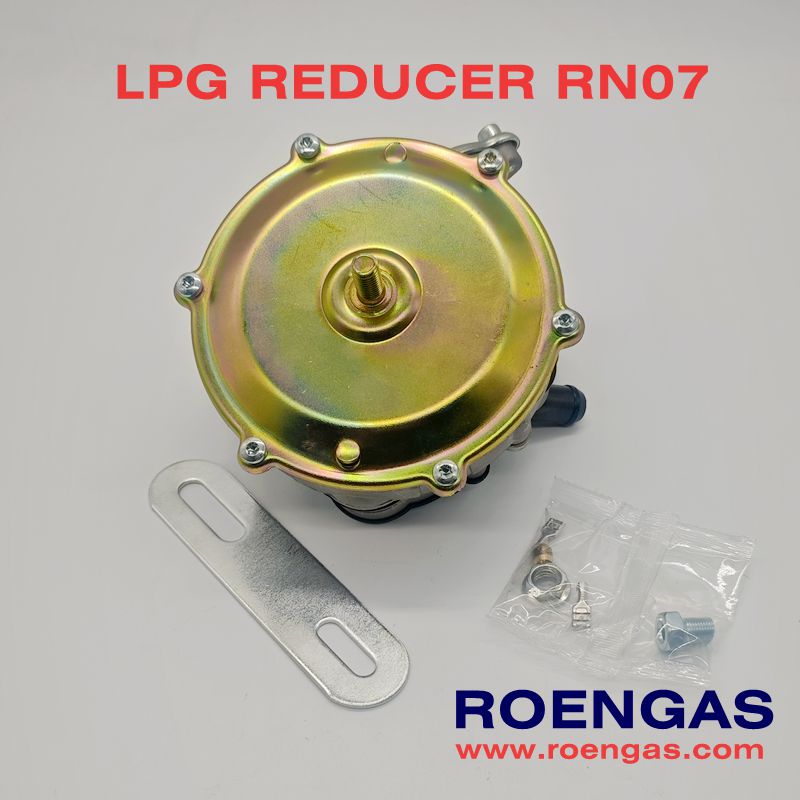
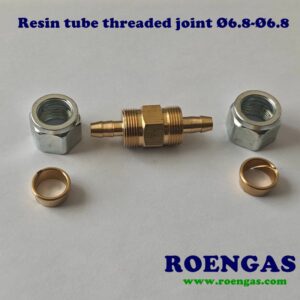
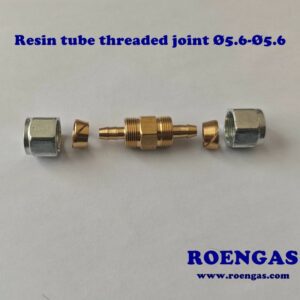
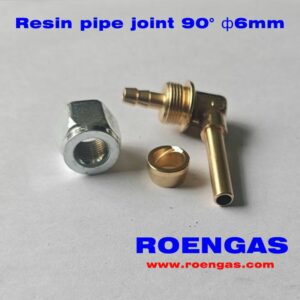

Reviews
There are no reviews yet.